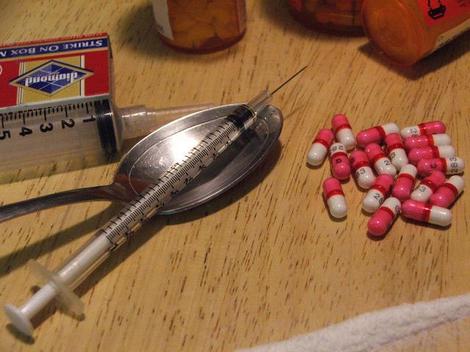All You Need To Know about Treatments for Alopecia Areata (Part I)
Since alopecia areata is a poorly understood autoimmune disorder with an unpredictable medical prognosis, not treating is often a wise option. In the majority of cases, the condition resolves itself – bald patches disappear and the hair re-grows without any medical intervention. If you have alopecia areata in a mild form, with only a few small areas of baldness, your health care provider may advise that you should simply apply the method of “watchful waiting” – that is, to wait and see if the condition improves in time without treatment. The hair is likely to re-grow within a period of several months to one year. For the time being, hair style changes can be helpful in masking bald patches.
In case alopecia areata progresses instead of resolving itself, your doctor may recommend medical intervention. But even with massive hair fall and appearance of extensive areas of baldness, you still have a chance that your hair condition will spontaneously improve in time without pharmaceutical treatment.
It is important to know that alopecia areata does not represent a threat to your general health. Even without treatment, it will not affect the work of your internal organs, nor will it damage any vital systems of your body. However, while making a decision whether you should consider medical treatment or not, remember that many drugs that are used for treating hair loss are toxic and may produce damaging side effects on your health. In addition, while medications may temporarily reduce bald patches and promote some regrowth of your hair, they do not cure the condition nor do they address the real internal cause of alopecia areata.
The first medical option your doctor may advise to treat alopecia areata is injections of steroid hormones. The injections are administered directly into the scalp areas where bald patches have developed. This method works by suppressing the immune system reaction typical for alopecia. Steroid injections can help the hair follicles normalize their function and allow for hair regrowth. Typically, steroid hormones injected into the bald patches produce quick results if alopecia areata is not too extensive. However, once the injections are discontinued, the disease returns.
The treatment is routinely performed in a hospital environment by a dermatologist (skin specialist). It requires administration of a few injections into each bald spot at every treatment session (usually, once a month). Also, note that the injections can be extremely painful. Hair regrowth may start after several months since the beginning of treatment.
Another treatment option for patchy hair loss is administration of topical steroids in a gel or cream form. Although this method is much less invasive and definitely not as painful, it does not work as effectively as the injections. On the other hand, it is also less damaging for the general heath. “Rub-on steroids” is a good option is your alopecia areata is severe and you have developed extensive areas of baldness which cannot be treated by injected steroids. In about 50 percent of cases, some hair regrowth may occur after three to five months of diligent treatment.
Minoxidil is another medication that can be used to treat alopecia areata. It is less dangerous than steroids in any form. Minoxidil solution is applied topically onto the bald patches and rubbed into the leather. In some cases, it can stimulate a regrowth of hair. Minoxidil is also used to treat other forms of baldness, including “male-pattern alopecia”. Interestingly, even medical doctors do not know for sure how this medication works, but clinical trials have shown its effectiveness in many cases of hair loss. Do not expect miracles, but the solution is worth a try, particularly if large areas of your scalp have undergone hair loss or if you do not want to expose your body to steroid treatments.
Some patients believe that combination treatment which includes both steroids and Minoxidil can be more effective in promoting hair regrowth. Although it is one of the available options, research does not support anecdotal evidences that such combination of drugs is anyhow more effective for treating alopecia areata than steroids alone.
Richard Dunn
Posted on July 31, 2008
Filed Under Hair Loss, Hair Loss Conditions, Hair Loss Treatments
Comments
One Response to “All You Need To Know about Treatments for Alopecia Areata (Part I)”
Leave a Reply


One more option to consider is emu oil. Emu oil has the reputation of regrowing hair and is all natural with no known side effects that I am aware of.
Emu Oil